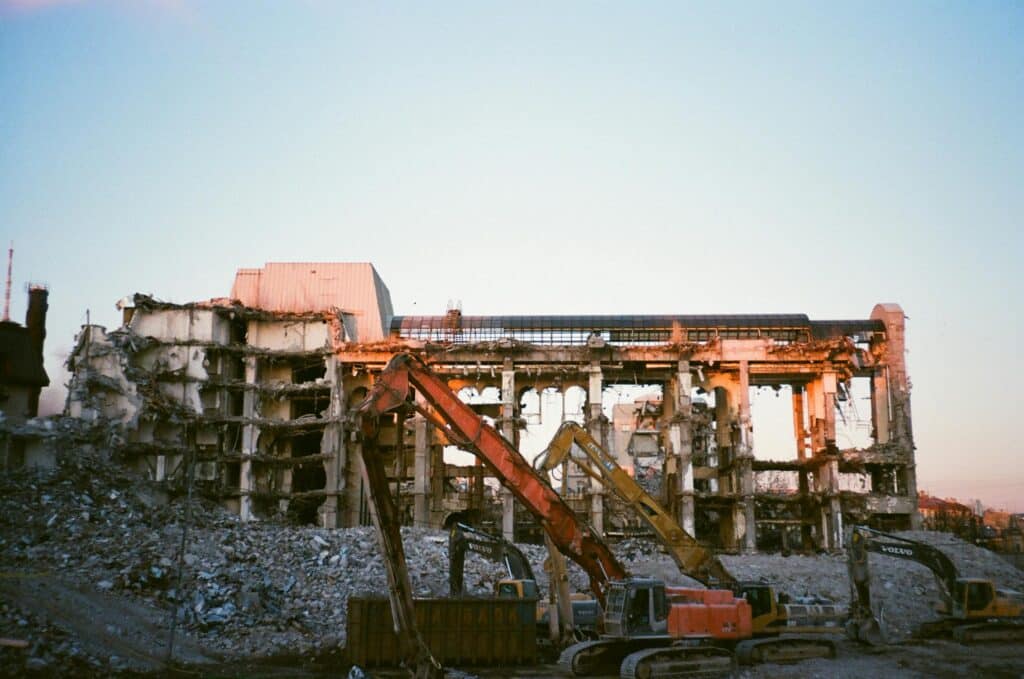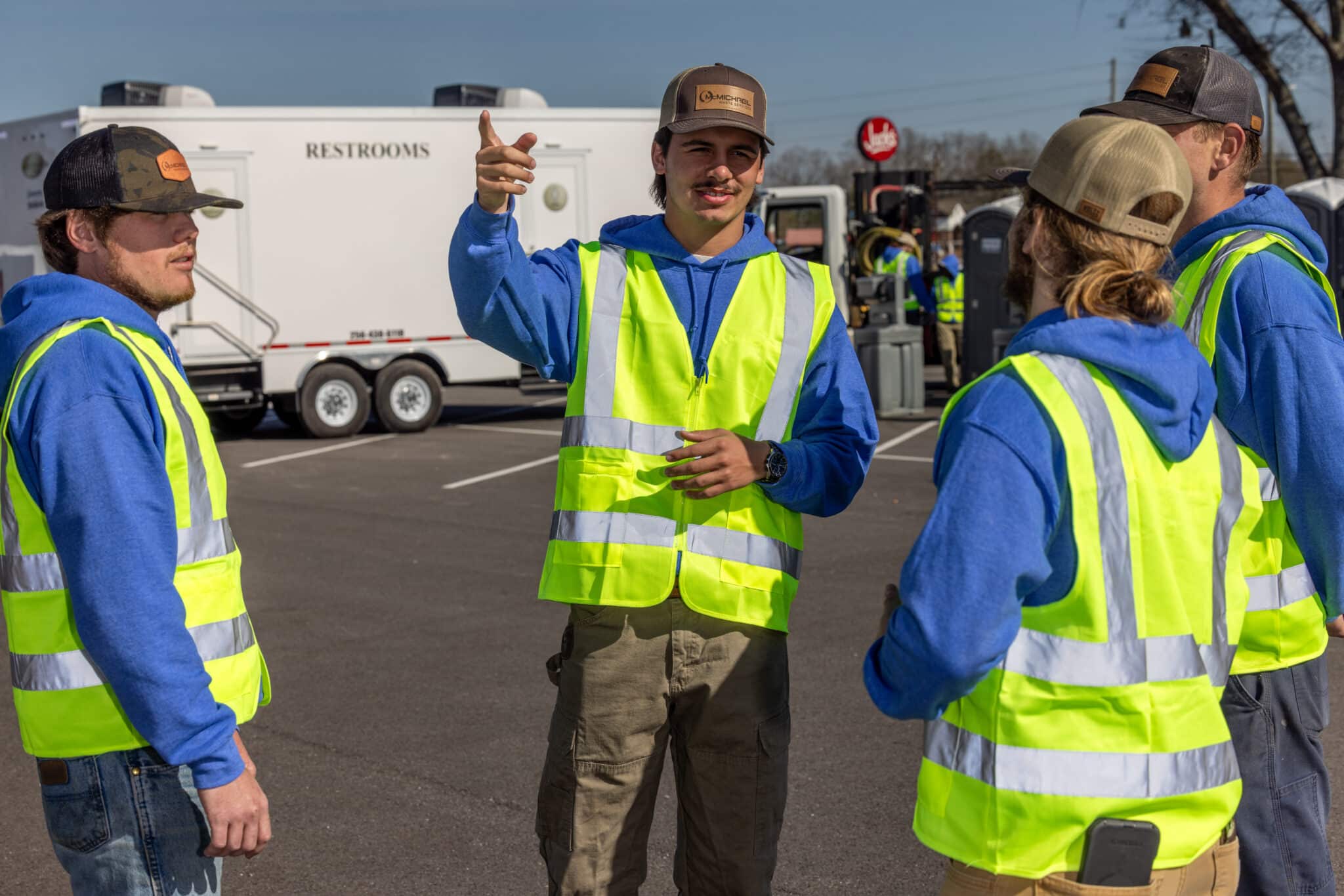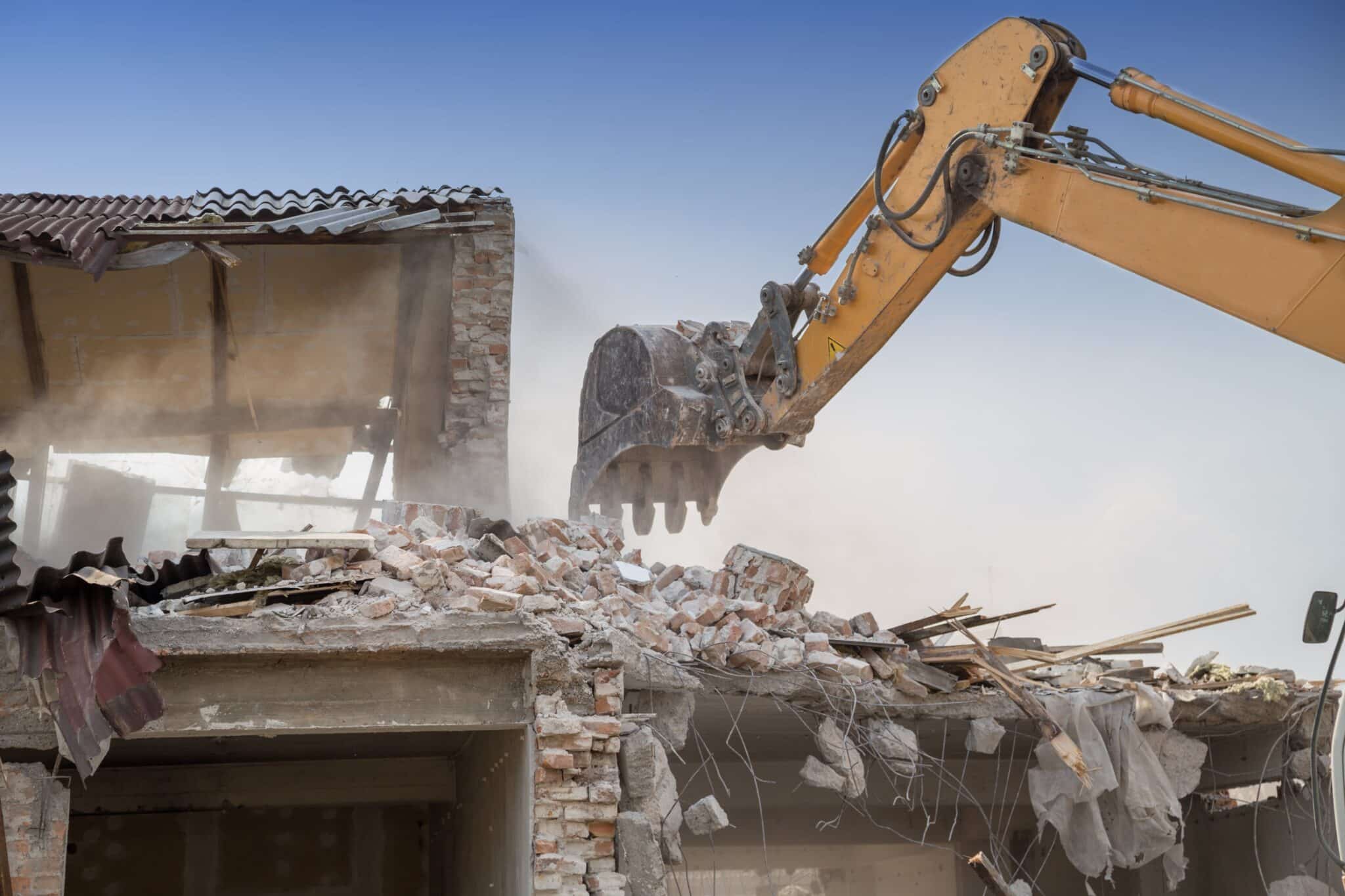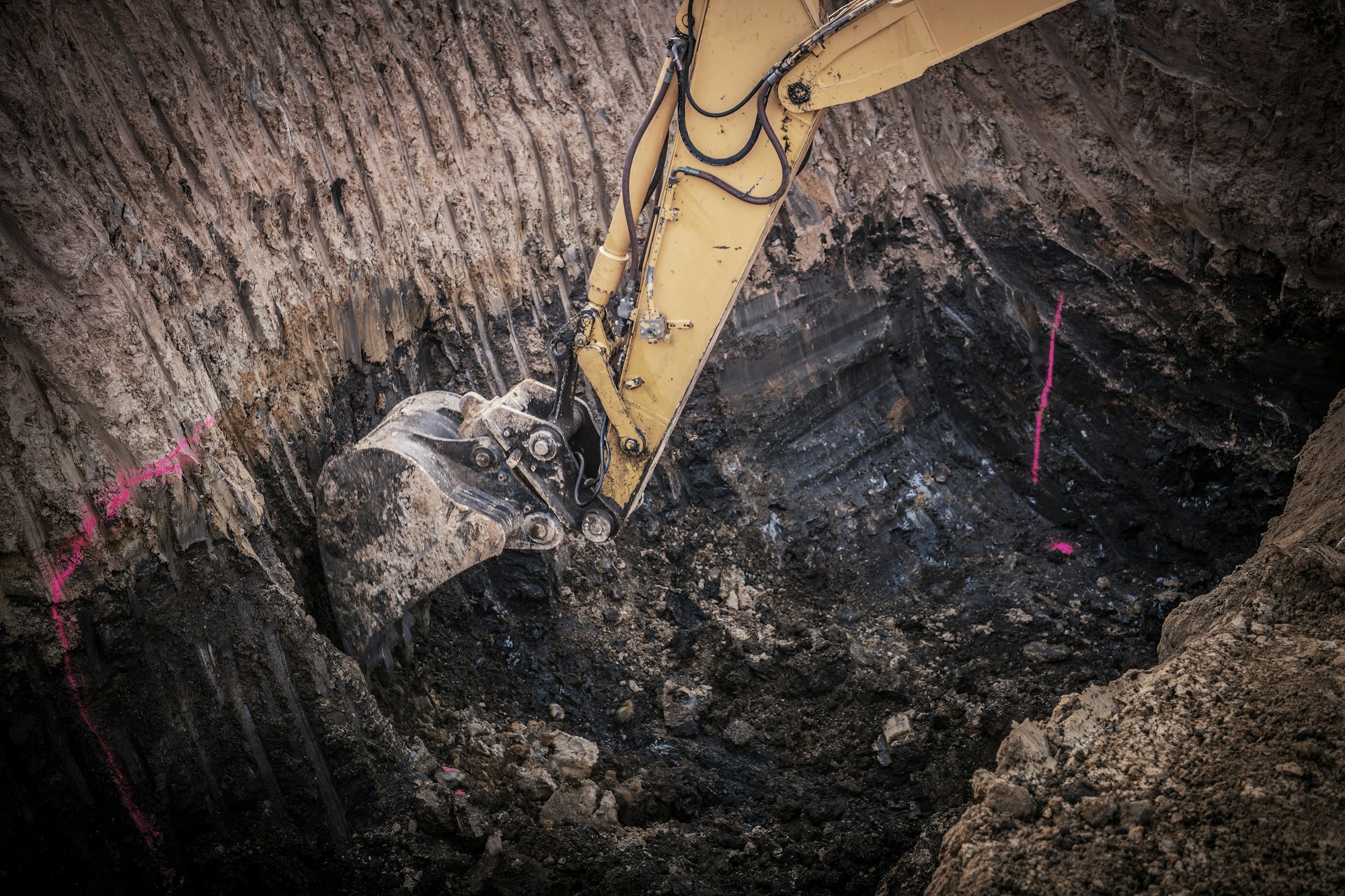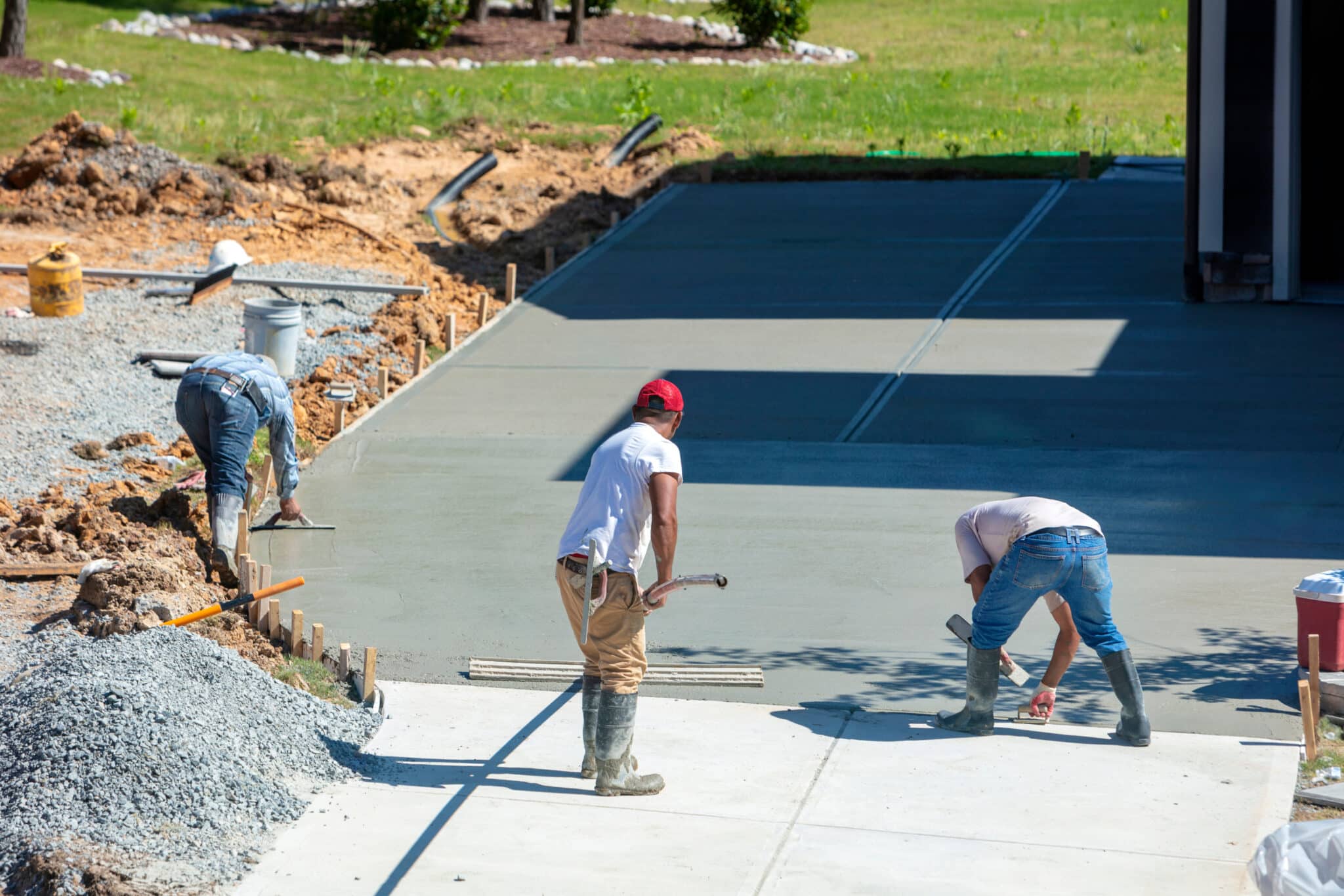Demolition isn’t just about tearing down buildings; it’s a process that requires careful planning and execution to ensure everyone involved stays safe. Complete demolition involves dismantling structures so they can be replaced or removed entirely, making way for new developments. However, behind the scenes lies a web of safety measures that aim to protect workers and the surrounding environment. These measures, often unnoticed, form the backbone of a secure demolition process.
Safety on a demolition site is more than wearing a hard hat and a reflective vest. It’s about understanding the dynamics of the site, knowing what to expect, and being prepared for any surprises. As we explore how to keep demolition sites safe, we’ll look at the steps needed before, during, and after the wrecking ball swings. From planning to dust control, getting everything right ensures that the only things falling are the walls and not our safety standards.
Preparing for a Safe Demolition
Before any walls come down, a lot of groundwork goes into setting up a safe demolition project. It starts with thorough safety assessments. Team members evaluate the building, its surroundings, and potential hazards. Identifying materials like asbestos or lead is crucial, as their mishandling can pose health risks. Knowing the structure, its weaknesses, and the environment it sits in allows for better planning.
The planning phase shouldn’t be rushed. Obtaining the necessary permits is the first step in laying a legal and safe foundation. Each area might have different regulations, so it’s vital to check with local authorities. Permits often require detailed plans that illustrate how the demolition will occur without compromising safety. Be sure to include a timeline and factor in considerations like weather, which might delay work.
Preparation doesn’t end with permits. It’s also about building a team that knows what to do and when. Communication plays a big role here. Everyone on site should understand their roles and the equipment they’ll use. When people know what to expect, and things are well organized, the demolition can proceed smoothly, and surprises are kept to a minimum.
Safety Protocols During Demolition
When demolition day arrives, specific safety protocols ensure everything goes as planned. Personal safety gear is a top priority. Workers should wear helmets, goggles, gloves, and steel-toe boots. Each item lowers the risk of injury from falling debris or sharp objects. But gear is just the beginning.
Debris containment and dust control are practical steps to maintain safety. Fencing around the area keeps bystanders out, while water sprays reduce dust clouds. Dust might seem harmless, but it can carry harmful particles, impacting air quality and visibility. A quick way to tackle it is through water sprays or misting machines, keeping dust from spreading beyond the site.
Lists help in consistently applying these safety measures:
– Ensure all protective gear is worn at all times.
– Use fencing to secure the perimeter and prevent public access.
– Employ water sprays regularly to minimize dust spread.
– Maintain clear pathways to allow quick evacuation if needed.
These steps collectively create an environment where safety takes the lead. Each measure communicates that the health and well-being of workers and the public come first. As the building comes down, what stands firm is the commitment to safeguarding everyone involved.
Advanced Safety Tips and Best Practices
Taking safety a step further involves more than following the basics. When handling hazardous materials like asbestos or old lead paint, extra caution is needed. Workers must be trained to identify these materials and understand the right way to deal with them. This means using specialized equipment and techniques to avoid releasing harmful particles. Ensuring all team members can spot hazards and act swiftly prevents accidents.
Good communication on the site goes a long way too. Regular briefings keep everyone informed about the project’s progress and any changes in plans. Creating a culture where team members feel comfortable voicing concerns or suggestions boosts safety. It’s like being part of a well-oiled machine, where everyone knows their role and stays on the same page, reducing the chances of mishaps.
Besides communication, emergency preparedness is a must. Even with the best-laid plans, unexpected situations can arise. Having a clear emergency response plan helps everyone know what to do if something goes wrong. This plan might include evacuation routes, emergency contact numbers, and first-aid stations. When everyone knows the plan like the back of their hand, they can act quickly and calmly, minimizing risks.
Post-Demolition Safety Measures
Once the dust settles, there’s still work left to ensure the area is safe and ready for the next phase. The cleanup phase involves safely removing debris and waste. This process should be systematic to avoid leaving behind any potentially harmful materials. Properly disposing of waste according to local regulations ensures that the site remains safe and environmentally friendly.
To wrap up the demolition process, a final safety check is crucial. The team inspects the site to confirm that all hazards are removed and that the ground is stable. It’s like giving a movie set the once-over before the next scene starts, ensuring everything is safe and secure. This final step reassures those returning to the site that no hidden threats remain.
Maintaining a Safe and Efficient Demolition Process
Keeping a focus on safety during the entire demolition process means being thorough and prepared at every stage. From initial assessments to post-demolition checks, each step must prioritize the well-being of everyone involved. By sticking to proven safety protocols, the process can be both safe and efficient, leading to a successful completion without unnecessary hazards.
Relying on professional services that specialize in demolition adds an extra layer of assurance. Professionals bring experience and expertise, handling the job meticulously to minimize risks. As new projects rise from old foundations, safe demolition practices lay the groundwork for success.
For those ready to start their next project with confidence, consider the importance of a professional approach to demolition. Let McMichael Waste Services handle the intricacies efficiently. Discover how our expertise in complete demolition can make your project safe and successful. Reach out today to get started on a safer and more efficient road to new beginnings.


